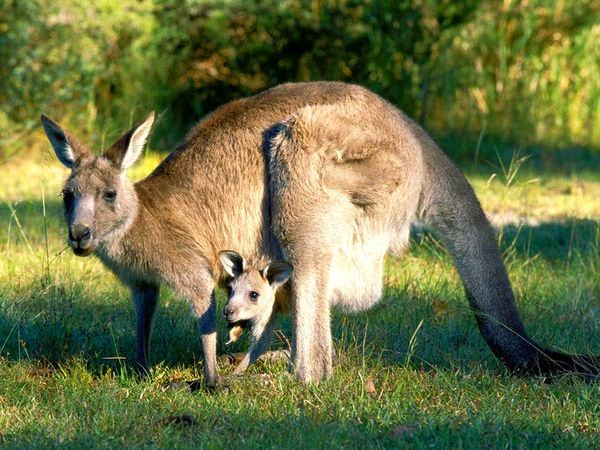Howler monkeys (genus Alouatta monotypic in subfamily Alouattinae) are among the largest of the New World monkeys. Fifteen species are currently recognised. Previously classified in the family Cebidae, they are now placed in the family Atelidae. These monkeys are native to South and Central American forests. Threats to howler monkeys include human predation, habitat destruction and being captured for captivity as pets or zoo animals.
These monkeys are famous for their loud howls, which can travel three miles through dense forest. Howler monkeys have short snouts and wide-set, round nostrils. Their noses are very keen, and the Howler monkey can smell out its food (primarily fruit and nuts) up to 2km away. Their noses are usually roundish snout-type, and the nostrils have many sensory hairs growing from the interior.
They range in size from 56 to 92 cm (22 to 36 in), excluding their tails, which can be equally as long, in fact in some cases the tail has been found to be almost 5 times the body length. This is a prime characteristic. Like many New World monkeys, they have prehensile tails, which they use for picking fruit and nuts from trees. Unlike other New World monkeys, both male and female howler monkeys have trichromatic color vision.
This has evolved independently from other New World monkeys due to gene duplication. They have lifespans of 15 to 20 years. Howler species are dimorphic and can also be dichromatic (i.e. Alouatta caraya). Males are, on average, 1.5 to 2.0 kg heavier than females. The hyoid of Alouatta is pneumatized, one of the few cases of postcranial pneumaticity outside Saurischia. Howler monkeys generally move quadrupedally on the tops of branches, usually grasping a branch with at least two hands or one hand and the tail at all times.
























































